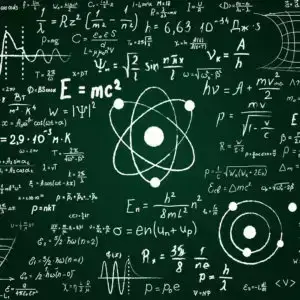Their findings, published in the Journal of Holography Applications in Physics, go beyond simply suggesting that we’re not living in a simulated world like The Matrix. They prove something far more profound: the universe is built on a type of understanding that exists beyond the reach of any algorithm.



I understood that. I’m pointing out that you’re making an assumption that trillions of years is an ‘impractically long time’. It is to us, but there’s no reason it would be to another universe. Assuming time even works the same way and isn’t just a cool thing they came up with for this simulation.
Firstly, the current discussion isn’t about the probability of us living in a simulation. It’s about whether it’s possible to begin with.
Secondly, ‘each simulation has to be a similar universe to the one we ourselves live in. Only that way do you end up with vastly more simulated universes than real universes’ is in itself another assumption that doesn’t necessarily hold true. The only thing the simulated universes need to have in common is that they contain sentience intelligent enough to continue the chain of nested simulations. The physical rules governing each simulation might be wildly different.